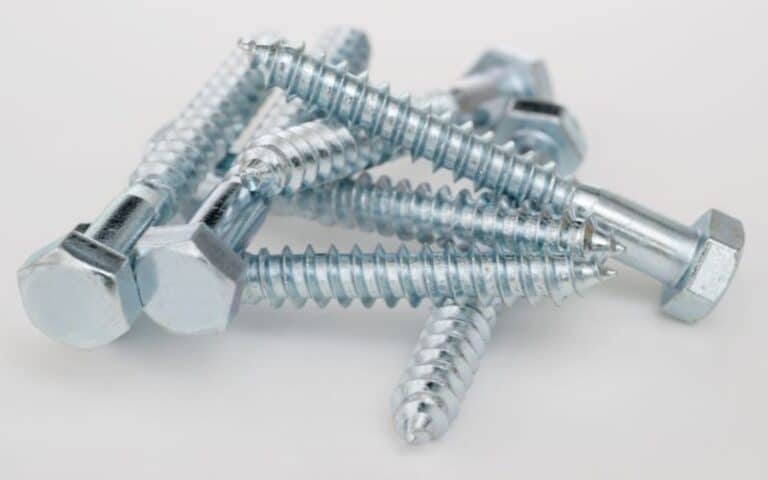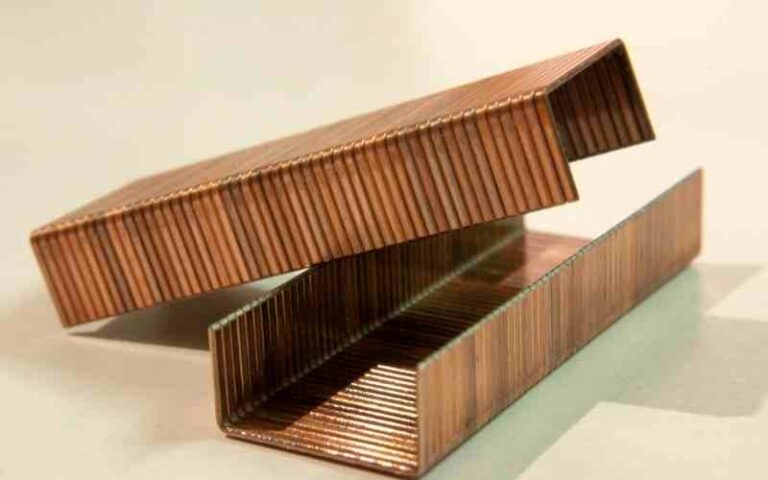Roofing tar is additional protection for roofs, especially in climate-sensitive regions. However, installing or applying roof coating requires care and attention.
Therefore, you should handle the tar properly due to its easily malleable nature.
Unfortunately, cold weather is not the most suitable for your roof coating. The coating is difficult to handle in such times and almost impossible for easy application.
Also, you might wonder if the tar could freeze? At the end of the article, you’ll know everything about roofing tar and the most suitable conditions to work with it.
Roofing tar freezes at any temperature below 40°F. But, of course, cold conditions are not the best for roofing your house. So, you may store the roof coat correctly by ensuring that it’s above 40°F at all times. Consequently, the result of careless handling and improper storage will damage the effectiveness of the roof coating.
Ready for a Roofing Quiz?
Does Roofing Tar Freeze in Cold Weather?
Yes, roofing tar will freeze in cold weather if you don’t store it correctly. Therefore, it is necessary to protect your roof coating from cold as much as possible.
However, as much as you shouldn’t let the tar freeze, it shouldn’t melt either. It should just be able to coat your roof without patches and cracks.
The advantage of coating your roof may be that:
- You have an extra layer of protection against the harmful sun’s rays.
- Low chances of roof leaks.
- Enhanced roof color and design.
- Unique roof appearance.
All these benefits highlight the importance of roof coating.
But, before you begin the roofing process, there are safety precautions you should know.
#1. Wear Shoes With The Appropriate Soles
The shoe’s soles must have enough traction control to prevent you from slipping. You can purchase the appropriate roofing shoes here.
Also, while working on slanted roofs, it is advisable to have a guardrail to keep you from falling.
#2. Working Gloves
Gloves will prevent cuts, blisters, and bruises on your bare hands. They act as a barrier between the rough roofing and your skin.
#3. Coveralls
Coveralls are the ideal work clothes for these kinds of jobs. During winter, you can wear thermal coveralls to keep warm as you work.
Furthermore, you can opt for thermal underwear and socks to aid your warmth. But, do not stay outdoors for too long.
You mustn’t finish the roofing in a day, take your time and go slow and steady.
What Temperature is Too Cold For Roofing?
40°F is the standard temperature during cold weather roofing. This temperature implies that any temperature above this is suitable for roofing, as long as it is not above 70°F.
According to sources, 70°F is the highest temperature for roof coating because tar melts above 70°F.
Coal tar is a viscous, dark substance obtained from petroleum by-products. It is most suitable for roofing because of its water-resistant properties, especially in cold regions.
For damaged roofs that need replacement, use tar to coat the roofing to repair the damages. Rainfall makes it easy to notice the leakage faster.
So, make plans to cover your roofing even during cold weather.
The good news is that you can perform a cold-weather roof application coating.
Nonetheless, take the necessary precautions before embarking on the daunting task. Although, experts advised that you should always leave roof coating during cold weather to professional roofers.
They are highly skilled and trained for the job, matter how difficult it may seem.
To do their job perfectly, they will take all the necessary precautions and use the right tools to achieve good results. For example, with professional roofers, applying roof coating is very achievable.
Additionally, if you don’t want to go through the trouble of roof coating during cold weather, you can wait until it’s much warmer.
But, of course, if you urgently need to work on the roofing irrespective of the weather, then go ahead. Again, it’s correct, as long as you check the weather and let the professionals do their jobs.
Can You Tar Roof in Winter?
Yes, you can tar your roof in winter. As long as you’re following the guidelines below:
#1. Check The Temperature Outdoors
As earlier discussed, the best temperature for coating your roof is above 40°F. This value is the first thing to take note of before embarking on the coating spree is the weather.
Ensure that the weather is suitable enough. Although, some conditions allow you to work at about 35°F. But, it doesn’t go below 35°F.
This value is the least that can be allowed in the task of cold weather roofing.
#2. Seek Professional Help
Professional roofers are the best in handling technical roofing situations as such. Aside from having the right tools, they also know the right thing to do to avoid accidents.
Of course, one wrong move, and you’ll go sliding down and end up with a broken bone. But, with professional roofers, everything will be sure to go as planned.
#3. Clean The Roof
It is unprofessional to proceed to roof coating without first cleaning the roof. During winter, deposits of snow and ice remain on the roofing. First, clean the roof’s surface to be free from any particles.
Dry roofing will make coating easier than a wet and unclean roof.
You can also use asphalt shingles to coat your roof in the winter. Asphalt shingles are rectangular-shaped tar for roof coating.
It possesses an adhesive surface that sticks to the roofing.
A newly coated roof will cure completely after twenty-four hours. However, Tar is quite messy to work with and requires skill and expertise.
Additionally, you must be able to calculate the application methods so that you don’t get stuck on the roof.
For instance, when applying roof coating, start from the end farthest from you, moving towards yourself.
Starting the other way, you might have to ruin your freshly coated roof with footprints because you have to come down.
How To Prevent Roofing Tar From Freezing?
There are several ways to protect your roofing tar from freezing:
#1. Store The Asphalt Shingles or Tar Under a Tarp
Roofing tar is modified to meet your house’s particular needs no matter the situation. They are available in different colors, shades, and textures.
However, the storage process is the same. The tar will freeze if exposed to cold freezes and is as good as useless.
So, store the roof coating under a tarp so that it is always warm. Also, open it until you’re about to use it so that it doesn’t dry up because of the cold.
#2. Heating Cabinet
Heating boxes are insulated to keep food warm, but you can improvise to store roof coats during cold weather roofing. It is necessary to use the roof coating only at the right temperature.
Eventually, if it’s below the standard of 40°F, it will break upon handling.
Therefore, heating cabinets maintain the required temperature and make roofing a smooth process. However, if the temperature goes above 70°F, the tar will become too slippery and thus only results in a mess.
You can also decide to apply the roof coating in layers. The layering will enable a smooth finish without cracks. Consequently, the roof coating is more suitable for flat roofs than slanted roofs.
However, the tar will melt at extremely high temperatures on slanted roofing.
Conclusion
In conclusion, it’s safe to say that cold-weather roofing is possible, but roofing tar only freezes when handled carelessly. However, following the methods to prevent freezing helps slow the rate at which the roof coat freezes.
More so, roof tar is one of the most reliable methods of closing leaks and protecting from the sun. It also happens to be very affordable and cheap.






